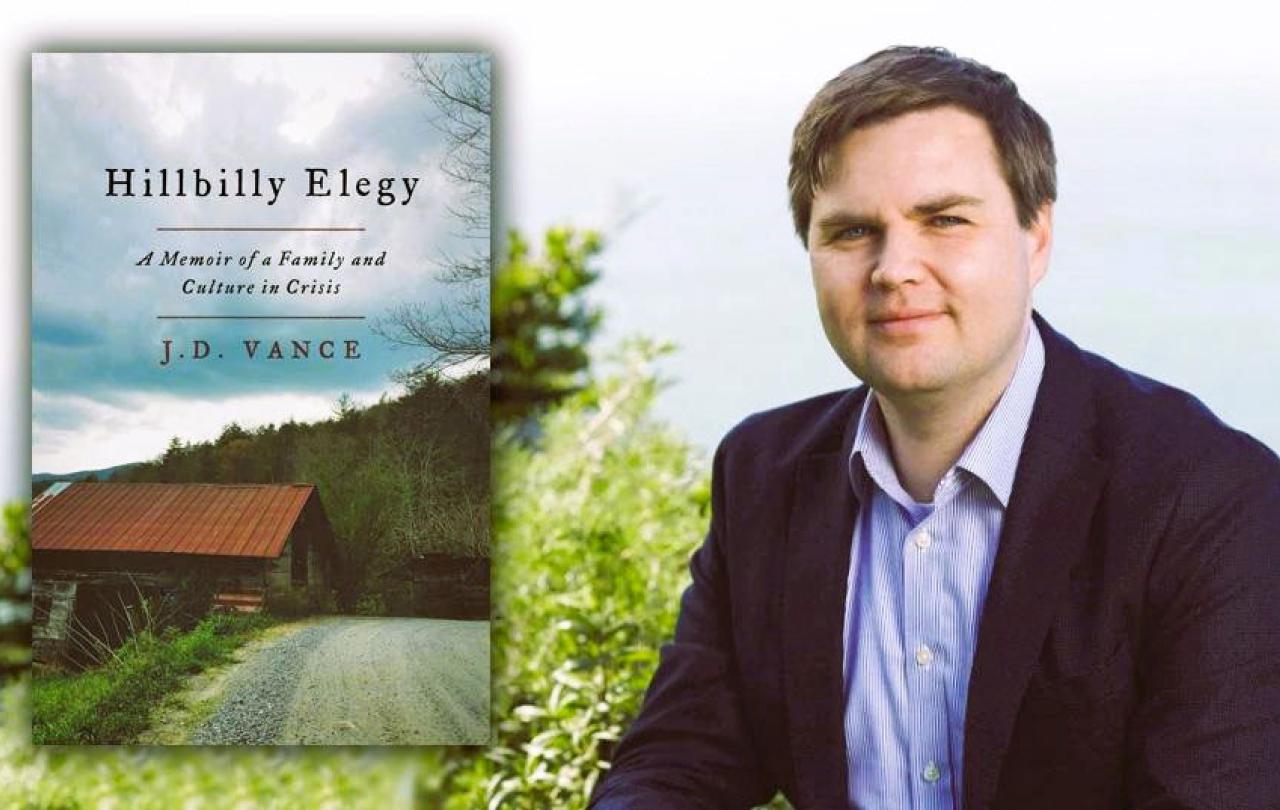
Phew. The Ryder Cup was an epic. After a couple of days of European dominance, fans on this side of the pond looked forward to the Sunday one-on-one single matches as a formality, only needing a few more points to wrap up the Cup, only for the American team to suddenly discover they could play a bit after all. It turns out Europeans play better together (the matches on Friday and Saturday all involved teams of two playing against each other) but the Americans excel when they're on their own. The latter nearly pulled off a famous comeback but finally fell short as the gritty Europeans stumbled across the line, Shane Lowry holding his nerve to sink an eight-footer on the 18th, and Tyrell Hatton sealing the win with a nerveless par on the last.
Much of the talk afterwards however was not about the match but the behaviour of the American fans. The European golfers, especially their talisman Rory McIlroy, were subject to some pretty vile abuse throughout the three days. His wife was drenched by a beer thrown in her direction, insults were shouted as he prepared to play a shot (you just don’t do that in golf) and some idiots seemed more keen to abuse their opponents than support their own players. It seemed strange that Keegan Bradley, the American Captain made no effort to call out his own errant supporters. Yet it was perhaps not surprising in a country where public models of leadership hardly encourage moderation and restraint.
Of course, we are used to this kind of thing in football stadiums in the UK, but golf has somehow always felt different. Football is a fast-paced, hectic game with players running full tilt for just 90 minutes and so it’s understandable that emotions get high and passions flare. Golf is more measured. It takes time, has always laid a great stress on etiquette, following the rules and respecting your opponent. Yet none of that seemed to matter in the bearpit of Bethpage.
To be fair, European fans get pretty partisan when the Americans come here - yet they do seem to stop short of personal vitriol. It seems every time the Ryder Cup is played, the rivalry just gets a notch higher. You just have to hope they rein it in in Adare in Ireland in two years’ time. As the match reached its climax, players (on both sides) leapt about like wild things, thumping their chests like cavemen on winning a point. The crowd hollered their lungs out, or continued hurling insults at the opposition.
I found myself wondering why all this seemed to matter so much? Why were grown (mostly) men reduced to appalling behaviour or breaking down in tears over hitting a small white ball around a field?
Maybe I’m just getting old and nostalgic, but Ryder Cups in the early days were different, with those grainy black and white photos of players in baggy plus-fours and tartan socks. It was the same with Wimbledon before the Open era, Wembley Cup finals back in the day, cricket matches with baggy flannels and thin bats. At the end of titanic struggles there would be a gentle skip towards the opposition, a polite shaking of hands, a wave to the cheering crowds and the presentation of the cup, which was held aloft briefly, before everyone went home. Yes, of course, people got steamed up about sport back then. The 'bodyline' cricket series in Australia in 1932 got the blood boiling between Aussies & Poms, but it was precisely because the English team were playing unfair. There were street parties and public joy when England won the World Cup in 1966, yet there is the famous story of Geoff Hurst after scoring a hat-trick in the Final going home and mowing his lawn the day after. Hard to imagine that today.
Nowadays, the presentation ceremony goes on forever, with microphones thrust into players’ faces with the most boringly predictable question: “how do you feel having won (or lost)?” asked every single time. Emotion pours out everywhere. Superlatives are expected and duly uttered.
My mind went back to something the theologian James K. A. Smith said to me in a conversation some time ago. “When there is no longer any Ultimate”, he said, “the Penultimate seems to matter so much more.” His point was that in the absence of a general social belief in God, or a divine order above us, with little sense of any social or divine sanction for, frankly, atrocious behaviour, then things like politics or sport become more and more charged with meaning.
When there is nothing higher than politics, electoral victory becomes all-important. And anything goes in silencing the opposition. When the most significant thing in life is a sporting achievement - even vicariously as a fan - then winning is everything. Where there is a more pervasive sense of belief in God, or an afterlife, where the death of friends or neighbours is a more common occurrence throughout life, or even the task of putting food on the table is a daily struggle, such things matter less. Activities such sport, which were once seen as mildly significant, a pleasant diversion from more onerous tasks, found their true place as something important, but not that important.
Blaise Pascal once wrote: “People are bored stiff with their normal lives and so they need perils and excitement.” He thought that we crave distraction to stop us looking into the abyss, or up into the heavens, to contemplate the ultimate meaning of our lives, the reason why we are here in the first place, and our final destiny. It is classic displacement activity. It is why we pay entertainers more than doctors, vicars or philosophers - because we need the distraction.
The Penultimate begins to matter too much when we no longer have an Ultimate to relate to. Sinking a clutch putt to win a game is satisfying. Yet it is not the reason why we exist. Sport is a great diversion. But it is just that, and realising that might make us behave a bit better towards our opponents and help us to focus on the things that really matter – the questions of meaning and purpose that humans have always asked since the dawn of our race.
Support Seen & Unseen
Since Spring 2023, our readers have enjoyed over 1,500 articles. All for free.
This is made possible through the generosity of our amazing community of supporters.
If you enjoy Seen & Unseen, would you consider making a gift towards our work?
Do so by joining Behind The Seen. Alongside other benefits, you’ll receive an extra fortnightly email from me sharing my reading and reflections on the ideas that are shaping our times.
Graham Tomlin
Editor-in-Chief





